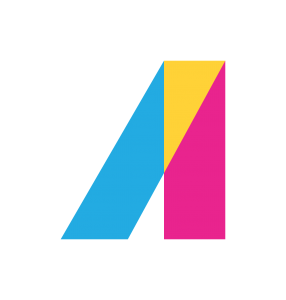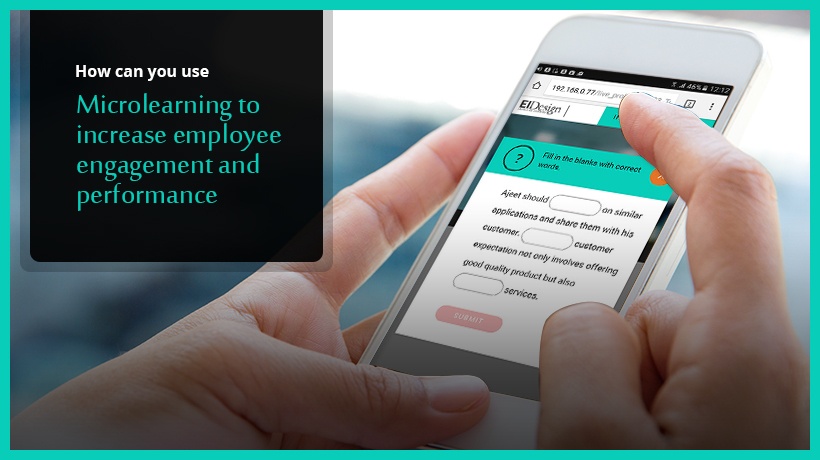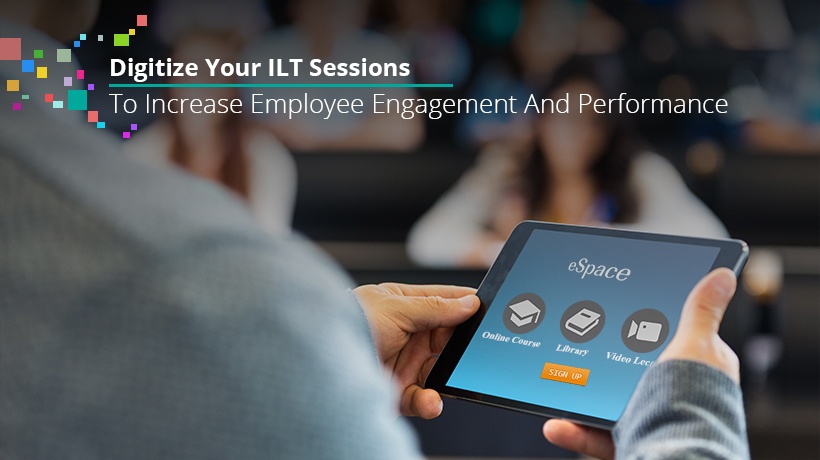Learning Sticks When It's Personal And Practical
What does an engaged learner look like? Someone who completes their compliance training on time? If so, that's a low bar that some of us might not have always cleared. What about an engaging course? That's even harder to put your finger on.
Engagement is often treated as an afterthought. Something you just sprinkle on at the end, and voilà. But like most of these elusive but essential ingredients, for it to work, it's got to be baked right into the experience. Using learner personas to tailor content, mapping learning paths to career goals, and building in moments of interaction, reflection, and feedback are vital.
When you get it right, you can boost skill acquisition and product usage, build stronger cross-functional connections with your peers, and increase a range of business outcomes, including retention, productivity, and revenue growth.
You can't gamify every experience, and turning a PDF into a video alone won't cut it. It's a delicate balance of learner experience and relevant content, skillfully delivered via a platform that provides a great learning experience.
How To Take Engagement From An Annual Survey To A Pillar That Improves Performance
Here's a blueprint our HR and customer education teams worked on, based on their own personal and professional experiences, along with best practices they've seen from customers.
Personalization
What's in it for me? We're all busy wearing many hats, so you must be clear about what's in it for them. Learners are unique, but no matter what their motivations are, it's a safe bet that they'll care about their own career development. Provide content that's aligned to their role, experience level, and learning preferences, and you'll make it easier for them to apply what they've learned on the job.
Try this:
- Use learner personas to tailor content.
- Offer self-assessments to guide learning paths.
- Let learners choose their preferred format (video, article, podcast).
Relevance
When learners understand how they can apply what they've learned to a specific task or their role, they're more likely to engage with the content. This makes relevance the ultimate engagement tool. Embedding relevance at every stage is how you'll encourage learners to continue to take the next course and the one after that. Plus, it'll help you measure performance and align with business objectives.
Try this:
- Start each module with a real-world scenario or use case.
- Include role-specific examples and case studies.
- Use "day-in-the-life" simulations to show practical application.
- Align learning objectives with their goals and the business's KPIs.
Feedback
Superficial questions like "Did you enjoy your training?" are a missed opportunity. To drive improvement and spark ideas for new learning resources, solicit specific feedback and analyze that input alongside quiz results and other learner data. By looking for patterns in the responses, you can pinpoint any areas of improvement or particularly great content, so you can prioritize updates to enhance course clarity and effectiveness.
Try this:
- Ask targeted questions like "What would have made this more useful?"
- Use pulse surveys at key points in the learning journey.
- Analyze quiz results to identify content gaps.
- Create a feedback loop with SMEs to iterate quickly.
- Share back what's changed based on learner input ("You said, we did").
Community
Create a virtual learning space for informal networking opportunities as well as organized learning events. People might not want to organize a party, but they love to be invited—introverts will at least begrudgingly accept an invite. Having a social tool that can incorporate gamification elements to encourage friendly competition, promote discussion, support group projects, and facilitate knowledge sharing creates a sense of ownership and collaboration.
Try this:
- Launch a discussion forum for each course.
- Assign peer mentors or learning buddies.
- Encourage user-generated content (e.g., tips, templates, success stories).
- Use leaderboards or badges to feed friendly competition.
Recognition
Acknowledge and reward active participation, contributions, and engagement from your different audiences to motivate learners to stay involved. Recognizing key completion milestones boosts confidence and instills a sense of accomplishment, while valuing each learner's efforts and achievements helps make the experience feel more personal.
Try this:
- Celebrate course completions with digital badges or certificates.
- Highlight top contributors in newsletters or town halls.
- Use public praise in community spaces to boost morale.
- Track and share progress toward team or department learning goals.
How To Make Engagement A Performance Driver
When done thoughtfully, learner engagement enables performance by shifting from one-off interactions to a strategic, integrated approach that connects learning to business outcomes. Here's how.
Align Learning With Business Goals
If your learning programs aren't tied to real business outcomes, you're leaving value on the table. Whether it's reducing onboarding time, boosting product adoption, or improving customer satisfaction, every initiative should have a clear purpose. That means working closely with business stakeholders to co-create goals, tracking impact through metrics like productivity or retention, and sharing success stories that show how learning is moving the needle.
Use Engagement Data To Drive Decisions
Completion rates are just the tip of the iceberg. To really understand what's working (and what's not), dig deeper into how learners interact with your content. Look at time spent, where they drop off, how often they participate in discussions, and what kind of feedback they're giving. Then use those insights to fine-tune your programs and double down on what's resonating.
Foster A Culture Of Continuous Learning
Engagement doesn't happen in a vacuum—it thrives in a culture where learning is part of the everyday. That means giving people the time and space to learn, encouraging managers to champion development, and celebrating learning wins across the team. When learning becomes part of how you work, not just a box to tick, performance naturally follows.
Leverage The Right Tools And Tech
The right platform can make or break the learning experience. Look for tools that support personalization at scale, enable social and collaborative learning, and give you real-time insights into what's landing. Bonus points if it integrates seamlessly with the tools your teams already use so learning feels like a natural part of the workflow, not an extra task.
What's Next: Measure Their Journey
These different elements need to be integrated into the design, implementation, and delivery of all your learning programs to ensure they resonate with internal and external learners alike.
But you can't do engagement and then sit back. The next step is to see how engagement stats can be linked with real business impacts like reduced customer churn, increased partner sales, and stronger employee retention.
This starts by going beyond course completion rates. Take a closer look at how learners engage: what they're watching, clicking, and contributing. And then tie those behaviors to key metrics like retention, revenue, and satisfaction. Designing for engagement is step one. Step two, you ask? Prove it's working with data.
If you're looking to build a people-centric learning journey that supports both internal and external learners and reframe that learning to showcase value, check out this webinar to learn more.








